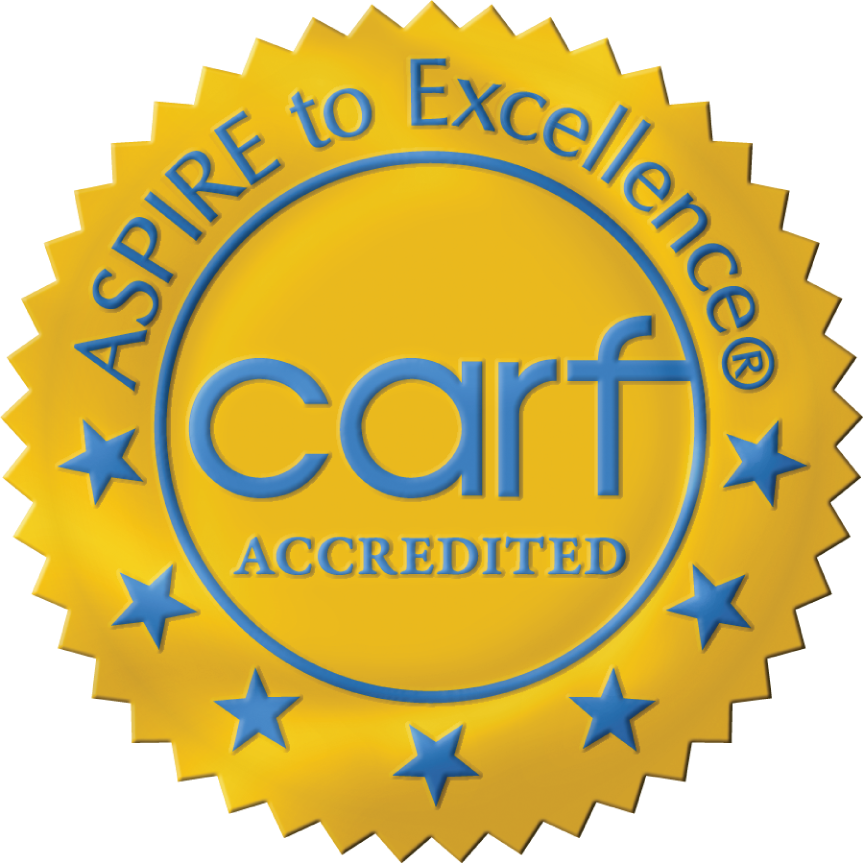
Screening, Brief Intervention, Referral to Treatment (SBIRT), Part 2: Response to a Need, Evidence for Effectiveness and Support
The first article in this series introduced Screening, Brief Intervention, and Referral to Treatment (SBIRT). In this second part of this series, we will discuss SBIRT as a response to a need and the evidence for SBIRT effectiveness and support.
SBIRT: Response to a Need
Substance abuse (alcohol, tobacco, illicit drugs) is a major public health burden worldwide, contributing significantly to illness and death. The population of users is high, the number of people who seek or receive an appropriate level of care is low, and the potential positive impact of appropriate care on quality of life, behavior, and medical conditions is vast. In the United States, the 2013 National Survey on Drug Use and Health estimated that 22.2 million people harbored a medical diagnosis (DSM-IV) of an alcohol or illicit drug use disorder(14.9 million with an alcohol disorder alone; 4.5 million with an illicit drug use disorder; 2.8 million with combined alcohol and drug disorder). Yet it is estimated that the vast majority of this population, 94.6% percent, do not recognize they have a problem, do not feel they need treatment and do not seek treatment. In addition to those with a medical diagnosis of a substance use disorder, a much larger segment of the population engages in risky or problematic use, and remains unaware of the potential consequences of excessive drinking or drug use.
The origins of SBIRT date back to 1962, when a physician at the Massachusetts General Hospital in Boston, MA, published a report highlighting his efforts to reduce the consequences of excessive alcohol use in hospitalized patients by screening patients and motivating them to reduce their use and harmful consequences. Later, the strategy was applied to encourage people to stop smoking. Eventually, the World Health Organization (WHO) and others developed sensitive screening questionnaires (AUDIT and ASSIST) capable of identifying a range of substance users and administering brief interventions or referrals to specialty treatment. A positive screen with low to moderate risk prompted a protocol-driven brief intervention. The short encounter repeatedly has been shown to reduce alcohol intake, and associated injury recidivism, driving under the influence, and other adverse consequences. Based on the preponderance of evidence, the World Health Organization, the United States Preventative Services Task Force, and the Committee on Trauma of the American College of Surgeons eventually endorsed routine alcohol screening and brief interventions in primary healthcare settings and Level I Trauma Centers.
The documented effectiveness of screening and brief intervention(SBI) for reducing heavy alcohol use is extensive, but corresponding data for illicit or prescription drug abuse research is less developed but promising. Investigator-initiated research and a WHO-sponsored study of screening and brief interventions for illicit drugs (marijuana, cocaine, amphetamine-type stimulants, opioids) are gradually filling this void. In the WHO-sponsored randomized control, multi-national study, SBI yielded significant short-term reductions (approx.3 months) in illicit drug use in combined data from 731 participants.
Evidence for SBIRT Effectiveness and Support
Research has shown that large numbers of individuals at risk of developing serious alcohol or other drug problems may be identified through primary care screening. When administered within healthcare settings, screening and brief intervention is treated like any other behavioral health problem and chronic disease, with the added advantage of stigmatizing the disease. Three decades of research have provided strong evidence of SBIRT’s effectiveness in reducing use and other positive outcomes.SBIRT can change the course of patients’ harmful drinking,drug use, encourage smoking cessation, reduce the number of hospital admissions for traumatic injuries, reduce the frequency and severity of use, attenuate drinking and driving, traffic violations, alcohol-related injuries and health problems, and increase the percent of people who enter specialized treatment. In addition to these positive outcomes, SBIRT can reduce healthcare costs, as it is associated with fewer hospital days and fewer emergency department visits of SBIRT-treated patients.
Evidence supporting the effectiveness of brief interventions is found in studies of smoking cessation counseling, in trauma centers and primary care settings.A systematic review of 29 randomized trials of brief behavioral interventions showed a minimum of one significant behavior change in 60 percent or more of patients. Collectively, this evidence has generated a groundswell of support to provide routine SBIRT services in primary care. Health organizations such as the American Medical Association, the American Academy of Child and Adolescent Psychiatry,the American Academy of Family Physicians, the American Academy of Pediatrics, the American College of Obstetricians and Gynecologists,and the American College of Surgeons have adopted policies recommending that members become knowledgeable and engage in prevention, screening, and intervention for alcohol, tobacco, and other drug problems.
SBIRT is also cost-effective. Patients from primary care clinics or hospitals who engaged in hazardous drinking and drug use had higher rates of medical disorders, used more services, and generated higher costs per patient. Medical conditions in family members were also more prevalent. SBIRT reduces re-hospitalizations.
The U.S. Preventive Services Task Force recommends screening and brief intervention in primary care settings to reduce alcohol misuse and to assist in smoking cessation. In further support, the National Academies of Science recommend that “all treatment professionals should have some knowledge of basic neuroscience and how alcohol, nicotine, and other drugs work on brain pathways, influence behavior, and interact with diverse conditions.” These positions have been adopted by the Association for Medical Education and Research in Substance Abuse, the Office of National Drug Control Policy, the National Institute on Drug Abuse, and other Federal agencies.
References
Substance Abuse and Mental Health Services Administration. (2014). Screening, Brief Intervention, and Referral to Treatment (SBIRT). Retrieved from http://beta.samhsa.gov/sbirt








